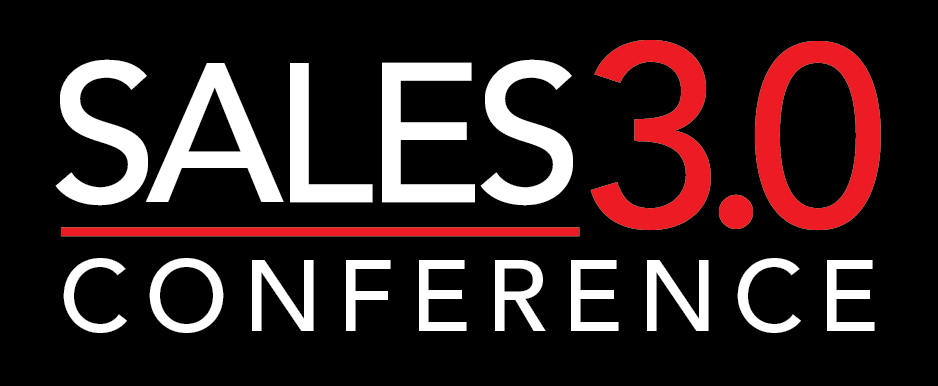
By Jamie Crosbie
Like many things in life, it’s not necessarily simple to hire the best salespeople.
Good hiring practices don’t just happen. Locating, recruiting, and hiring the best sales talent requires planning, ingenuity, and focused action. To thrive in competitive markets, you need to create a value proposition that attracts highly qualified sales candidates. Bear in mind, though: Your company is not the only one out there looking.
Write a Good Job Description for Salespeople before You Hire
In the same way that every building needs a strong foundation, you first need to ask some key questions so you can write a successful job description to fill a sales position.
- What qualities, aptitudes, attitudes, experience, education, and skill sets are really required to be successful in that role?
- What is the nature of the work environment?
- What will the employee be responsible for?
Writing a good job description does not, by itself, automatically allow you to hire the best salesperson. It is, however, a big step in the right direction. Simply put, a vague or poorly-written job description is really the worst of both worlds. Badly-worded or confusing job descriptions tend to attract a lot of underqualified candidates, while simultaneously missing the people you want to target.
Make Sure You Have a Strong Company Brand
Bear in mind that your company brand means more than simply creating an appealing footprint for clients. Strong companies understand that branding goes hand in hand with creating a good company culture. This, in turn, reduces turnover by creating happier salespeople.
Happy employees are not only more likely to remain with your company longer; they are more productive and tend to create more positive experiences for your customers. In short, a strong brand creates a win-win situation. You get more qualified sales candidates who will perform better for a longer period of time.
Your Sales Hiring Process Must Encourage Retention
Hiring and retention are really two sides of the same coin. Paying attention to one without also taking care of the other is like sailing in a leaking boat: No matter how much you bail out the water, the situation will not improve until you find and fix the leak causing the problem.
Nowadays, sites such as Yelp, Facebook, and Glassdoor allow people to post feedback about your company, including management style, benefits, and compensation. If potential employees see a lot of negative reviews, they may not consider your company a good place to work. That does not mean you need to just clean up negative reviews. Instead, you should examine them thoughtfully and seek to address genuine issues.
One way to do this is to survey your employees to create mutually beneficial solutions. Creating a company culture that focuses on making everyone feel valued and empowered can dramatically improve morale, productivity, and employee turnover rates.
A Sales Candidate’s Personality Counts
While technical skills are important to employee success, soft skills are equally critical.
That does not mean every potential sales hire has to be a happy-go-lucky ball of sunshine. But it does mean a candidate’s personality plays a factor in who is or is not a good fit. The right candidate needs personality and/or character traits that match the demands of the job.
Sales Managers Need to Be Good Interviewers
There is an old computer programming phrase that applies to interviewing candidates: garbage in, garbage out. Meaning that wrong data leads to wrong results. The interview process for sales jobs can be easily sabotaged by underprepared, distracted, careless, or indifferent interviewers.
Far too many sales managers believe they can pick good candidates based on their gut feelings. Unfortunately, this is usually just not the case. The best way to gauge a candidate’s aptitudes, qualifications, and skills is to use behavior-based testing alongside insightful questions designed to measure core competencies. For more about separating the wheat from the chaff and building strong teams, please follow our blog. A poor hire can cost you in lost opportunities and revenues. When you absolutely must hire the best of the best, call us at 214/720-9922 or email jcrosbie@proactivate.net. At ProActivate, we know how to link top talent with forward-thinking companies. We have worked with Fortune 500 companies as well as small startup businesses to help improve their top line.

Today’s post is by Jamie Crosbie, CEO and founder of ProActivate. Connect with her on LinkedIn.


















 Robert Kear
Robert Kear
 Nikolaus Kimla is the CEO of
Nikolaus Kimla is the CEO of 